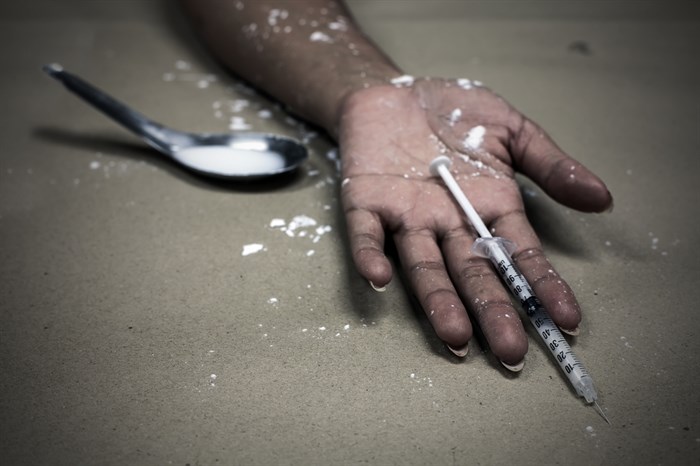
Image Credit: Shutterstock
April 19, 2017 - 9:00 PM
THOMPSON-OKANAGAN - Thousands of phone calls to 911 and hundreds of emergency room visits are showing a different side to the deadly fentanyl crisis sweeping across the province and the interior.
According to statistics from B.C. Emergency Health Services, there have been more than 2,200 911 calls for overdoses since January 2016 in Kamloops, Kelowna, Penticton and Vernon.
Last month alone was the second-highest for 911 overdose calls for Kelowna, with 92 calls being recorded. The highest number of calls in one month is November of 2016 with 94 emergency calls being placed.
For Kamloops, numbers have been trending slightly downward since the beginning of 2017. In January, 51 911 calls were placed, followed by 45 in February and 44 in March. September 2016 had the most emergency calls for overdoses with 66.
It's a much different story in Penticton and Vernon, where the number of calls for overdoses last January could be counted on two hands in both cities. But last month, Penticton had 21 calls for overdose, the second-highest for calls since the beginning of 2016. The highest number of calls in one month was last August when 22 emergency calls were placed.
In March 2016, Vernon had such low numbers for emergency overdose calls that they couldn't be reported due to privacy reasons. Compare that to March of this year, where 31 calls for overdoses were made.
Since 2015 Interior Health began monitoring non fatal overdoses while the B.C. Coroners Service continued to monitor fatal overdoses. The health authority has put together an emergency department report surrounding suspected opioid overdoses from January 2016 to the end of last month.
The information collected helps point out specific demographics which are experiencing more suspected opioid-related overdoses than the rest, and the trends are different in the Interior compared to the provincial average.
Interior Health records every overdose that presents at a hospital emergency room, regardless of whether the outcome is fatal or not.
The age group with the highest percentage of suspected opioid overdoses at hospitals in the health authority is 19 to 29 years old, making up 35 per cent of total overdoses. That number differs from the current provincial majority age group of 30 to 39 or 40 to 49 years old, according to numbers released today by the B.C. Coroners Service.
According to Interior Health, there have been 682 suspected opioid overdoses presented at emergency rooms in the region since January 1, 2016. The emergency department with the most overdoses is Vernon Jubilee with 174.
Since the beginning of last year, Kelowna General attended to 161. It's a stark difference considering Vernon's population is just over 40,000, while the Central Okanagan has more than 127,000.
Interior Health says the numbers don't necessarily account for every overdose in each community, only the ones presented at hospitals.
Royal Inland Hospital in Kamloops dealt with 136 overdoses in the same time frame, while Penticton Regional Hospital had 70.
Most of the overdose patients reported using either heroin, illicit stimulants or alcohol at the time of their overdose. Most of the overdoses also took place at private residences, while 185 took place in a public place or on the street.
Fewer than 20 suspected opioid overdoses took place in shelters, and nine took place at a night club, bar or music festival. More than 240 patients reported using drugs daily, while 115 reported using drugs occasionally.
About 22 per cent of the patients who suffered suspected opioid overdoses had naloxone administered to them before being treated at the hospital or by first responders.
"Multiple data sources are used to understand overdose occurrences in the community," the report states. "Information from emergency departments, B.C. Coroners Service and B.C. Ambulance suggest that the largest numbers of overdoses are occurring in Kelowna, Kamloops, and Vernon (in that order)."
You can read the full emergency department report here.
To catch up on the fentanyl crisis, go here.
For more on naloxone, go here.
– The infographic in this story may be updated with new numbers in the future.
To contact a reporter for this story, email Ashley Legassic or call 250-319-7494 or email the editor. You can also submit photos, videos or news tips to the newsroom and be entered to win a monthly prize draw.
We welcome your comments and opinions on our stories but play nice. We won't censor or delete comments unless they contain off-topic statements or links, unnecessary vulgarity, false facts, spam or obviously fake profiles. If you have any concerns about what you see in comments, email the editor in the link above.
News from © iNFOnews, 2017